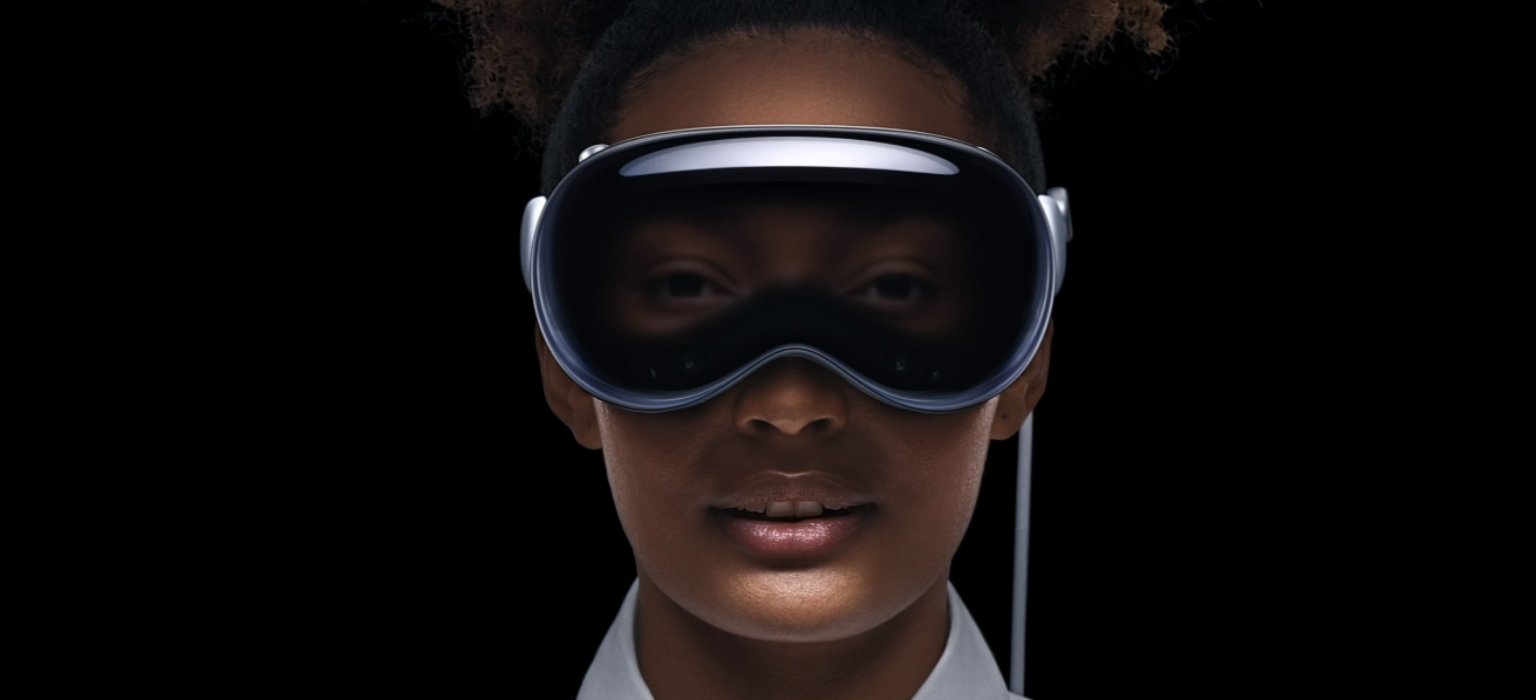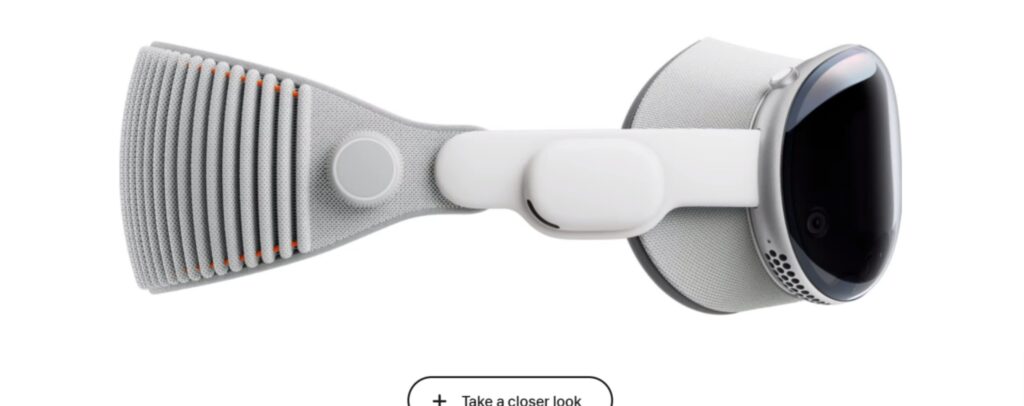
Apple’s highly anticipated Vision Pro headset is set to launch in just a few short weeks, promising an immersive “spatial computing” experience that could revolutionize how we interact with digital content. But in a blow to the headset’s appeal, streaming giants Spotify and YouTube have both decided against launching dedicated Vision Pro apps, instead opting to direct users to access their services via the Safari web browser.
This begs the question – why are these streaming services refusing to fully embrace Vision Pro’s ambitious vision for spatial computing? And what exactly does that mean for you as a prospective buyer of this premium $3,499 headset? In this in-depth article, we’ll explore the likely reasoning behind Spotify and YouTube’s surprising decisions, what the lack of dedicated apps could mean for the Vision Pro experience, whether the companies may change their stance down the line, and most importantly, what all this means for you.
Why Spotify and YouTube Are Opting Out of Dedicated Vision Pro Apps

Limited Addressable Market
Given its sky-high $3,499 starting price, Apple’s Vision Pro unsurprisingly targets a tiny sliver of the overall tech market. Industry analysts project sales in the low hundreds of thousands in 2023 – a far cry from the multi-million unit sales of devices like iPhones.
For mass market services like Spotify and YouTube which cater to billions of global users, building dedicated apps for niche devices simply isn’t worth the effort no matter how advanced the technology. Without critical mass adoption over multiple millions, the return on investment just isn’t there.
We saw this play out before when YouTube famously refused to build a Windows Phone app back in 2012 despite public pleas from Microsoft’s executives. Windows Phone’s anemic market share left YouTube unconvinced there would ever be enough users to justify spending limited engineering resources on the platform.
Vision Pro seems destined to face similar skepticism from app developers despite Apple pedigree until sales volumes ramp up considerably over time. But even then, its convoluted setup process requiring an iPhone and spotty enterprise focused use cases may forever limit its mainstream appeal.
Limited Immersive Use Cases
Music and video apps don’t necessarily gain hugely transformative benefits from being ported to dedicated VR/AR headsets versus simply projecting 2D screens. The core experience of listening to music or watching videos stays fundamentally the same even when the visual presentation shifts to 3D environments.
That’s quite different from gaming and specialty VR apps that can completely transform gameplay, visualization, and user interaction by fully leveraging the expanded canvas.
For Spotify and YouTube, the bottleneck is still centered on audio and fixed rectangular video formats. And they likely don’t see enough incremental value in porting those assets into VR versus just projecting them as floating 2D panels via the browser.
Unless they build VR-specific music visualizers, interactive video portals, or custom virtual spaces down the line, the incentives to divert scarce developer resources into optimizing for niches like Vision Pro will remain minimal no matter how capable Apple’s headset tech gets.
Competitive Concerns
YouTube in particular has reason to be cautious about prioritizing Apple’s platform since it directly competes against Apple Music, Apple TV+, and other Apple subscription services.
Giving Apple hardware exclusive access to an immersive YouTube app could potentially indirectly aid promotion of Apple’s rival services that can integrate more tightly into the company’s walled garden ecosystem. This dynamic has played out painfully over decades as Apple continually promotes its own services over competitors on iOS.
After facing bruising antitrust battles across the globe centered on these anti-competitive practices, YouTube likely has little appetite to eagerly port TikTok-style short videos into Apple’s new playground without assurances of fair play.
Microsoft faced similar dynamics a decade ago when it bent over backwards trying to build great YouTube apps for Windows Phone while Google slow rolled development, crimping adoption. That bitter experience proved to Microsoft the high risks of relying on competitive third party platforms it doesn’t control. YouTube seems keen not to repeat it.
What Will the Lack of Dedicated Apps Mean for Your Experience?
Without tailored Vision Pro apps, YouTube and Spotify will need to be accessed via the Safari web browser which will provide a more basic, pared down experience compared to using the slick Apple Music or Apple TV+ apps expected to launch alongside specialized third party apps at release.
Here’s specifically what you’ll be missing out on:
No Immersive Environments
Apple plays up Vision Pro’s ability to immerse users into fantastical virtual worlds by projecting visuals all around them via positional tracking sensors. This allows objects to realistically integrate into physical spaces with spatial depth and scale. Dedicated apps can tailor these environments to their brands like virtual concert halls or video production studios.
But viewed through the Safari browser, YouTube and Spotify content will render as traditional 2D web pages and embedded videos. You’ll miss out on all the flashy alternate landscapes and snazzy visual effects. The content stays trapped on a flat plane instead of surrounding you.
No Interactive Elements
Well-designed VR apps allow users to directly grab, resize, and reposition visual elements using hand tracking controllers. This allows you to effortlessly pull videos or images up close to examine details or quickly push content aside when done.
But when constrained to the Safari browser, interactions revert back to indirect and cumbersome cursor-based clicking and dragging using an iPhone trackpad. Every action requires excessive panning and pecking instead of intuitive hands-on manipulation. The gulf between manual and motion controlled UIs remains massive.
No Enhanced Formats
Creators often share VR-specific video formats on YouTube allowing viewers an incredible sense of presence and immersion when experienced in headsets. These special 3D, 180°, and 360° videos render users right in the middle of concert crowds, exotic travel locations, or video game worlds transcending normal restrictions.
Unfortunately, none of those features will be accessible on Vision Pro. Without a dedicated app tailoring and optimizing the experience, you’ll be limited solely to traditional 1080P flat videos.
Lack of Optimization
Even just getting regular video streaming to perform smoothly across limited bandwidth pipes poses non-trivial challenges, especially when pumping high resolution frames simultaneously into two 8K displays inches from a viewer’s face where any stutters or quality loss become glaring breaks from reality.
Dedicated apps help optimize and fine tune to the headset’s display parameters, leverage fixed foveated rendering tricks, implement clever caching, and reduce motion sickness triggers through careful framerate management.
In contrast, streaming video through generic web browsers often suffers performance issues, buffering delays, and visual artifacts that destroy any sense of immersion. By refusing to build Vision Pro-specific apps, YouTube and Spotify are skipping out on all these vital device-level optimizations.
Will Spotify and YouTube Ever Change Their Minds?
The door isn’t completely slammed shut for Spotify, YouTube, and even Netflix to one day launch Vision Pro apps. Bloomberg reports that the companies are taking a “wait and see” approach indicating that they’ll closely monitor how Apple’s headset fares after launch before reconsidering their stances.
If Vision Pro manages to decisively exceeding skeptical sales forecasts over its first year and garners strong app support from major entertainment brands, the streaming giants may be compelled to pile in so as not to miss out on an increasingly important new platform. Dedicated apps could still arrive – but likely not until 2024 at the earliest.
Precedent also suggests things could change in time. Both Spotify and YouTube were originally absent on early Apple Watch models before launching later to address user complaints. And Spotify itself famously refused to integrate with Siri and Apple CarPlay at launch before eventually supporting both features.
But Apple Television sets represent the more likely blueprint here if Vision Pro adoption follows similar trajectories. Despite over a decade of rumors around Apple launching its own TV set, the product has yet to materialize as Steve Jobs repeatedly failed to secure decent content partnerships from top media companies.
Hollywood resisted handing Apple control over the living room without sufficient financial incentives or equal platform access guarantees. We see the same standoff playing out again a generation later with mixed reality headsets that promise to dominate personal screens of the 2020s.
Just don’t expect Netflix, YouTube, or Spotify to enthusiastically embrace Vision Pro anytime in the headset’s first few years until Apple clearly demonstrates mainstream adoption at scale. At best, basic browser access helps hedge their bets early on without overcommitting limited engineering resources on an unproven new gadget, even if from the revered Apple.
What Does This All Mean For You?
At the end of the day, should Spotify and YouTube refusing to build dedicated launch apps for Vision Pro factor into your purchasing decision if you’re interested Apple’s flashy headset? Let’s weight the pros and cons:
Reasons these missing apps may not matter hugely:
- Vision Pro will still feature a thriving app ecosystem from day one anchored by Apple staples like Apple Music, Apple TV+, Safari etc. There will be no shortage of stuff to watch or ways to get immersed.
- You still retain basic Spotify and YouTube access via mobile-centric web interfaces. It’s not perfect, but tables stakes functionality remains
Final words
At almost $3,500 before accessories, Apple’s Vision Pro was always going to be a dramatic side grade for iPhone users satisfied with more mainstream tech gadgets. But the lack of key streaming video and music apps from day one casts further doubts that Apple’s first headset can live up to its lofty promises as critical launch partners apply the brakes.
Read More :-
